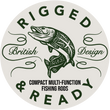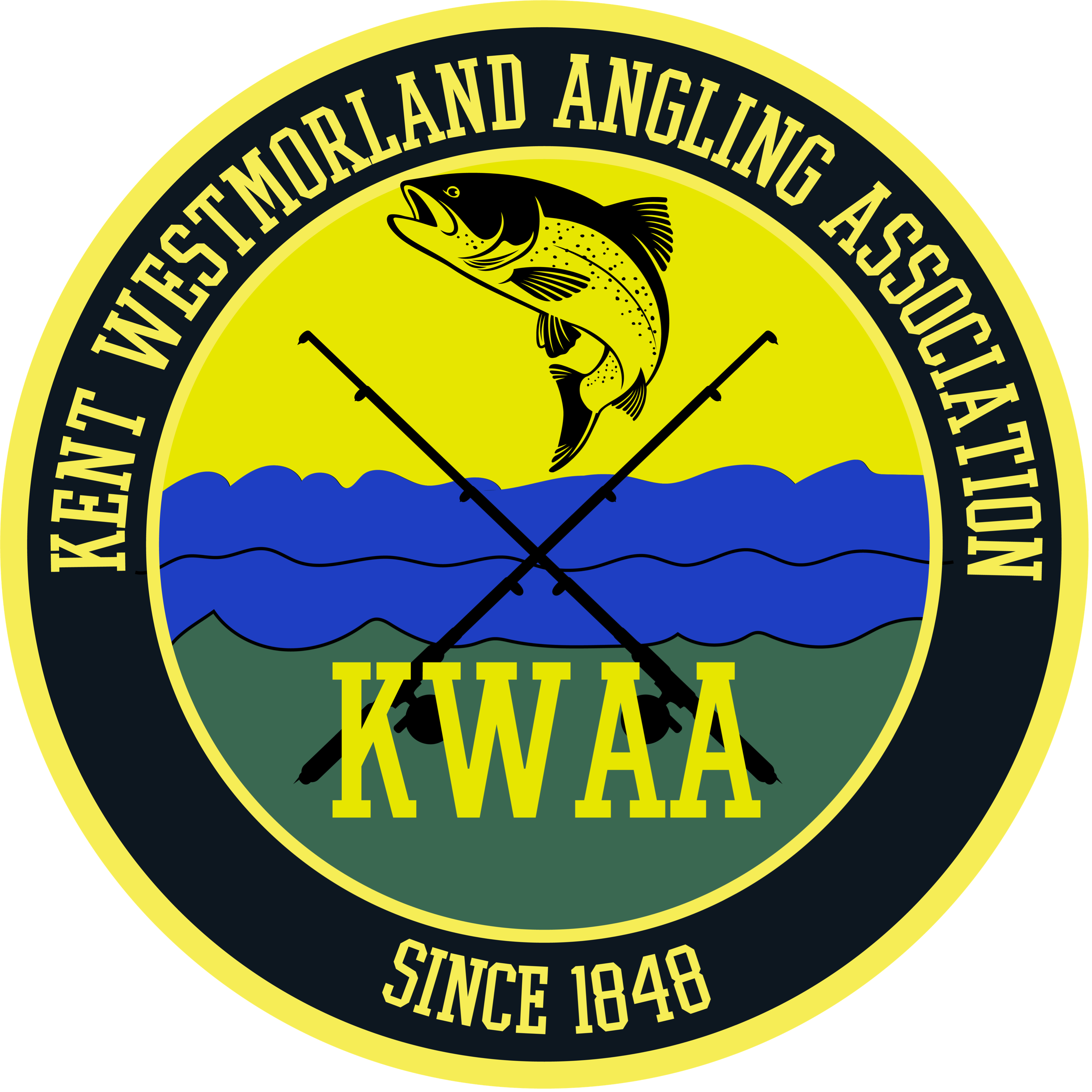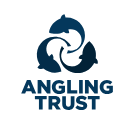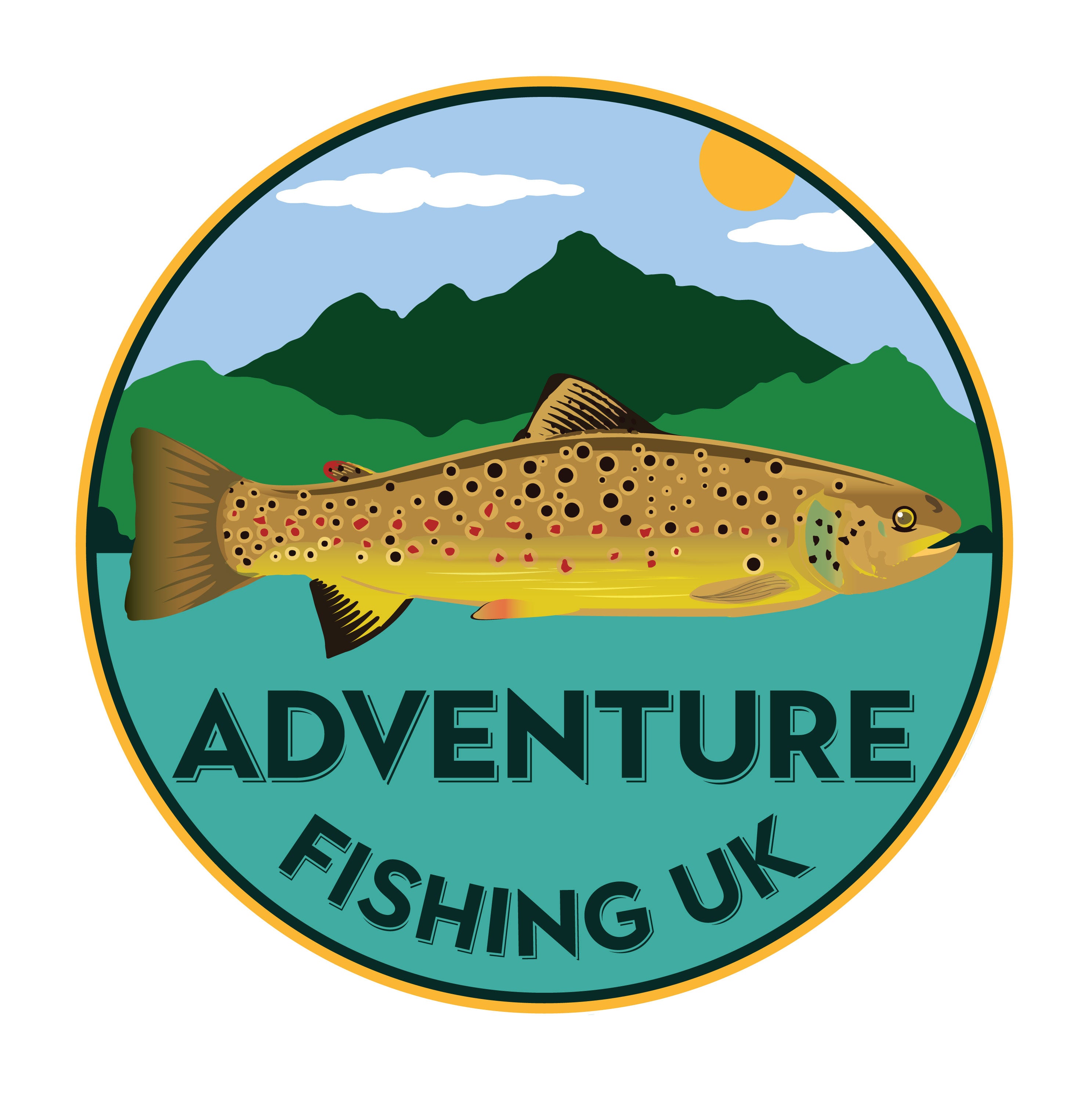WHAT IS LRF (LIGHT ROCK FISHING), AND WHY IS IT SO POPULAR?

An introduction to LRF (light rock fishing)
When people think of sea fishing, they quite often picture huge 14-15ft casting rods, with 6-10oz weights and big hooks with a nice big juicy bait to tempt all those hard fighting big fish that you find in the sea. That is a fantastic way of fishing and I love to catch cod, bass, plaice, rays, haddock, smooth hounds, dog fish and many other wonderful species that are found off our shores.
There is however a much more finesse type of sea fishing which can provide you with hours of fun and entertainment. That type of fishing is known as Light Rock Fishing or LRF and is used by sea anglers to catch the smaller, less known species such as goby (of which there are several species), wrasse, sprat, dragonet, topknot, greater pipefish, herring, butterfish, sandeel, blenny, poor cod, weever (be careful with these as they are highly poisonous), anchovy, scorpion fish, rockling and many more.
The method appeared in Japan when the larger fish started to disappear, and the anglers over there learned to enjoy the finesse and art of chasing and catching the smaller species which were found in abundance. It soon spread over to Europe and then eventually to the UK where it is ever growing in popularity and followers. The great thing is that if you haven’t tried it before, the market in the UK for LRF is growing daily.

Light rock fishing rods and tackle
I will quickly go through the equipment that I use but there is certainly no limit to the choices available. My rod is an ‘X5 Adventure’ rod by Rigged & Ready Travel Rods which has been customised with their super fine tip and also the Smuggler 5 handle (this is one of the reasons I love their rods as they are almost indestructible and have interchangeable parts). The extra tip takes the rod down to a finesse style rod with a casting weight of 0-10g, match the rod with the RR1000 fishing reel and you are looking at a set up that is spot on for LRF fishing.
For the line I want a line that is strong yet thin and smooth to use, for this I use Rigged & Ready Infinite braid paired with a 4ft length of their matching Infinite fluorocarbon as a leader. This leads nicely on to the terminal tackle which is what catches the fish’s attention and makes them attack in the first place.

Light rock fishing lures and rigs
There are lots and I mean lots of different lures, jig heads, set ups, etc that you can use to catch fish. When it comes to lures it is very difficult to pick any that stand out more than others as what performs well one day may be outperformed on another day. A good place to start though is to add some ECOGear Isomes, Spro Freestyle Urban Prey Micro Slugs and some Fladen Micro Grubs to your collection and you will be sure to catch some fish if they are around.
There are three ways that I fish LRF lures which are the dropshot, Carolina rig and finally on the shirasu fine jig head. That is everything you need to get going, so let’s have a look at the methods of fishing that I use to catch these mini species of fish. The first method is the dropshot which I started using way back in 2006 when I was fishing for perch on my local canals.
To create a dropshot rig you need a weight (there are dedicated dropshot weights, but you can just tie one on if you wish) of no more than 5g, around 2ft-4ft of fluorocarbon, a size 10-12 hook and the lure you are going to use. With LRF dropshotting you can use something like the Fladen Micro-Skin feather sets with size 14 or 16 hooks (these are ridiculously effective) for your dropshot rig, and have 6 chances of hooking a fish.

Light rock fishing tips, tactics and techniques
When you are light lure fishing the fish are likely to be near to the bottom, so you want to set your hook no more than one to one and a half foot from the bottom of your fluorocarbon. To fish the drop shot, cast the rig out and you can then slowly retrieve the rig, occasionally stopping to bounce the rig along the bottom, this way you cover more area when trying to find the fish. The second way is vertical dropshotting which is usually done off the edge of a boat or from a pier.
This method simply involves dropping the rig over the edge until you feel it hit the bottom. Tighten your line up and then slowly lift and lower the tip of your rod until you hopefully get a bite. The next method is the Carolina rig and this is for more calm areas such as harbours, large rockpools, etc where the tide doesn’t really affect the water.
To set up the Carolina rig simply tie a small size 10 or 12 hook onto the end of the four foot fluorocarbon, attach your small soft plastic lure to the hook (you can also use small pieces of lug or rag worm) and then place a small 5g or 7g cone weight on the main line with the small cone pointing up the main line, place a plastic or glass bead on the main line and then tie a swivel onto the main line and tie the hook length onto the other side of the swivel.

All you need to do now is cast the Carolina rig around and hopefully you will catch the attention of some of the fish residing in the area. The final method is probably the simplest to set up and that is to tie a shirasu jig head onto the end of the fluorocarbon. Place your soft plastic lure such as a grass minnow so that you know where the hook will need to come out of the lure.
Place the end of the lure against the tip of the hook and start threading it on until you reach the point you noted before and then bring the hook point out of the body of the lure. If you have done it right the lure will sit nicely against the head of the jig head and the body of the lure will be nice and straight against the length of the jig heads hook with the curve of the hook coming out probably somewhere about halfway along the lure.

As with the Carolina rig simply cast the jig head out and explore the area of water in front of you until you find some fish. There are various landing nets that you can use but again I recommend the Rigged & Ready folding travel net if you want to get a landing net in case you manage to hook into a bigger fish.
The great thing about Light Rock Fishing is the minimalist amount of gear that you need to take with you, the rods are usually fairly small, a small lure box for your lures and hooks that will fit in your pocket, some spare fishing line for when you get snagged up on the rocks and then all you really need is a pair of scissors, a disgorger and maybe a landing net.
I hope if you try LRF for yourself then you will get as much enjoyment from it as I do, sometimes it can be just as much fun chasing the smaller species as it is chasing the larger ones.
Written by Anthony Wood











